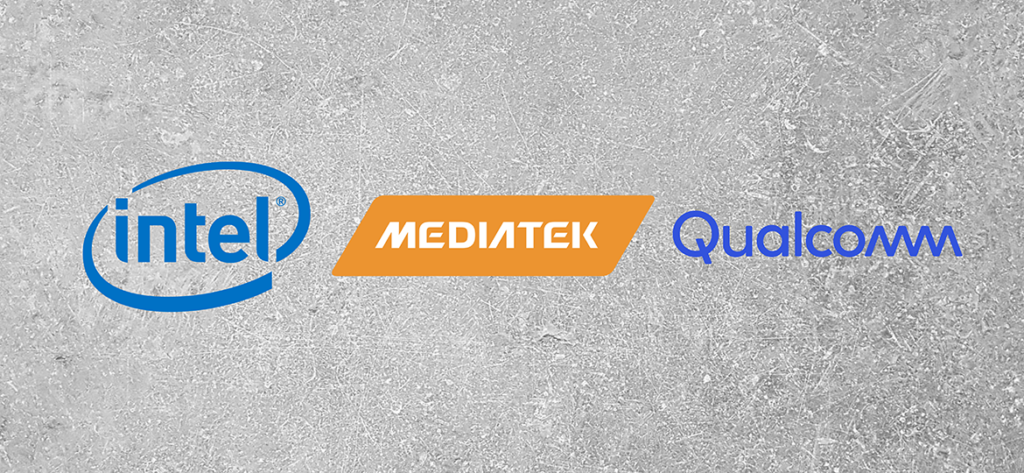Industry Trend Report|Global Semiconductor 2022 Review and 2023 Outlook (Up)
A look back at the global semiconductor market to 2022
COVID-19 epidemic in 2020 ravaged the world, infectious and high lethality caused panic, in order to control the epidemic, the governments of various countries have adopted varying degrees of lockdown measures, requiring people to work at home and distance learning, thus driving the demand for personal computers, tablets, and other electronic products, making the global semiconductor market is not affected by the epidemic hit by the economic impact of the decline, according to the World Semiconductor Trade Statistics (WSTS) released information, the global semiconductor market size in 2020 is estimated to reach $ 440.4 billion, a growth of 6.81% in 2020, a yearly growth of $ 4.8 billion. According to the World Semiconductor Trade Statistics (WSTS), the global semiconductor market is expected to reach US$440.4 billion in 2020, with an annual growth of 6.8%. 2021, although the COVID-19 outbreak has not improved significantly, the emergence of mutated viruses has reduced the lethality rate and continues to be the most important factor in the development of the global semiconductor market. The embargo has caused a public backlash against economic development, which has led governments to loosen regulatory measures, thereby stimulating economic recovery and boosting consumer spending. The semiconductor market has seen a huge increase in demand for remote devices due to the 2020 chain closure; downstream manufacturers are stocking up in advance and increasing inventories, resulting in constant congestion in wafer manufacturing; the long whip effect in the automotive market has resulted in a global shortage of automotive wafers, which has been accompanied by pressure from the governments of the U.S. and Europe, forcing wafer makers to increase their production; and finally, the risk-averse mentality of the ICT industry has resulted in an over-ordering and duplication of orders, which has led to an active shift in the supply chain to wafers in the global electronics industry. The supply chain of the electronics industry has been actively placing orders with foundries, resulting in continued full capacity and the highest growth rate in the global semiconductor market since 2011.










